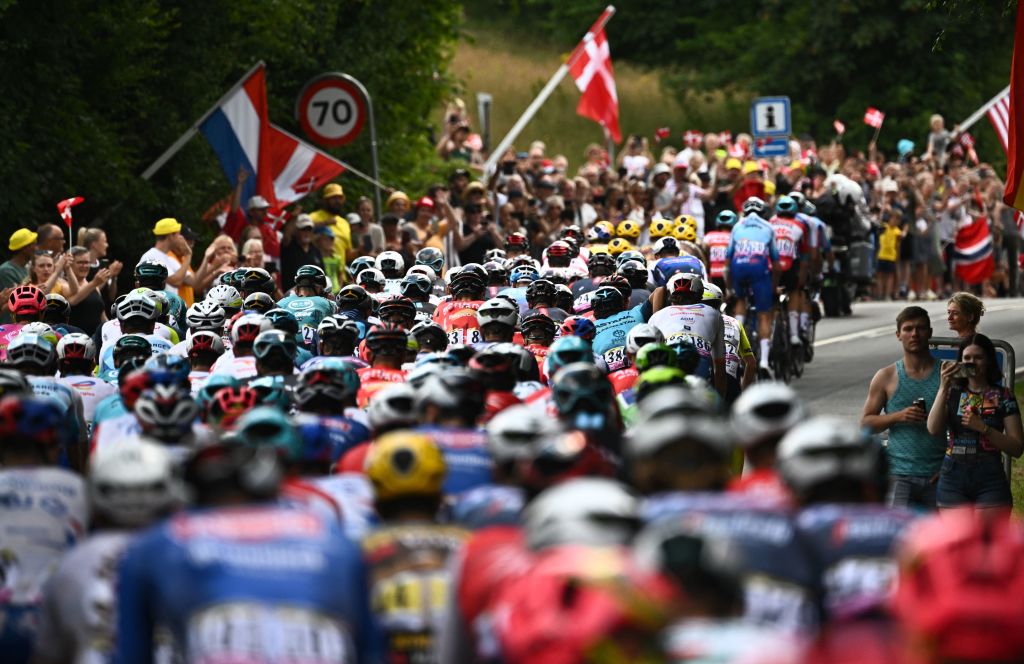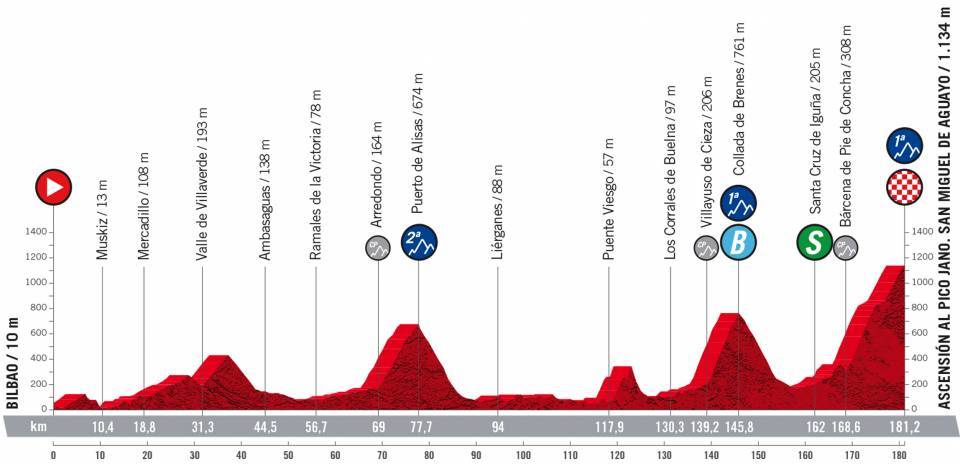
Planning the whole nutrition for a multi-stage race in the UCI calendar is no easy task and requires coordination not only with the riders but also with many staff members who are a crucial part of a cycling team. Today, I show you a Nutritionists’ perspective on how to fuel for stage racing.
Check the bottom of the article for a summary of the nutritionists’ work at fueling a multi-stage cycling race.

The preparation for such an important race in a teams’ calendar should really begin six months earlier when defining each riders’ annual nutrition plan, when the team decides which races are more important so we can aim for an ideal body composition for those races. The fueling strategies must be adapted to each training phase and carbohydrate ingestion may vary extensively according to the training demands.
It is a nutritionist’s job to get a fine balance between increasing riders’ training adaptations while maintaining an ideal body composition through diet adherence, often requiring constant nutrition adaptation on the run.
But on the weeks before and during a grand tour race, there’s backstage work performed by the team nutritionist along with the team staff that goes unnoticed. Recently I was challenged to perform such a duty for a Pro Continental cycling team and that’s exactly what I’m going to try and briefly summarize.
Hotels and Venues
Although many teams may have their own kitchen trucks with their own chef doing an amazing job cooking for the riders, many other teams rely on the hotels for providing at least breakfast and dinner. With a limited budget, it becomes necessary to look for the best value for money to provide the riders not only great comfort for resting, but also good gastronomical quality and variety. And that when we come in.
It may be the nutritionists’ job to contact each hotel to try and figure out the foods that may (or may not) be available for the riders at breakfast and dinner. In many cases, the hotel offers to buy some things such as oats, whole breads or even to cook some rice in the morning if some riders so desire.

Budget & Sponsors products
The budgets in pro cycling vary widely, even among World Tour teams and are widely dependent on sponsors that may vary each year. Recent sponsorships includes nutritional supplement brands that may provide the team with enough products for the whole race. It is our job as nutritionists to select the products most suitable for that race. Usually we must make sure we have: powdered energy drink, a variety of energy and protein bars, gels with and without caffeine, electrolytes, caffeine pills, protein powders (whey or casein), gummies (if available) and other miscellaneous stuff such as tart cherry.
Logistics and Team Coordination
The nutritionist isn’t often present during all stages. Therefore, it becomes essential to delegate tasks to different team members such as the soigneurs, who may be life-savers in each team and are a fundamental part of the process.
Soigneurs are fundamental for distributing the famous musette bags in the feed zone often containing a refill of hydration bottles, energy bars, solid foods and drinks that need to be previously planned by the team nutritionist. Soigneurs need to be informed of the demands of the stage as well as the place where the feed zone is so that he/she can skillfully provide the musette containing exactly what the nutritionist planned. Sometimes musettes are individually packed depending on rider preferences and needs.
Stage demands
It’s not good enough to say: Riders can burn around 7000 kcal per day during a grand tour race. Multi-stage races are widely different and the demands of a flat stage where we have a bunch sprint is totally different from a mountain stage and even more in an individual or team time-trial. Thankfully, technology has been giving us a hand by providing us with power output data that may provide us with some accurate data to estimate energy requirements during a race.

Figure 1. Power output, physiological responses and energy expenditure during different stages of a grand tour race.
After estimating the energy requirements of each stage, it becomes necessary to plan the fuelling strategy for that specific day or how to recover to face the energy demands of the next day. It is important to integrate riders into this process in order to make them aware of how important it is to provide enough energy and the timing of different macronutrients, which is work performed throughout the season.

Getting the basics right
While I can agree that nutrition might be the difference between winning and losing in a lot of endurance sports, there are basic things to control first that may ruin a cyclist’s performance. Basic and often overlooked things such as guaranteeing food safety and hygiene by proper handling, preparation, and storage of food in ways that prevent food-borne illness that may jeopardize that stage.
Practicing the nutrition strategies throughout the season is also a vital part of the process. We can’t simply suggest a typical breakfast of oatmeal with banana and scrambled eggs if the riders haven’t previously tried it in the amounts we are recommending for that stage. The same goes for all the nutrition on the bike which often require a previous “gut-training protocol” in which the rider needs to simulate the race nutrition.

On the other hand, overeating over several days could cause a weight increase in body mass, which could also have catastrophic consequences in the mountains.
The nutritionist’s role in a cycling team is not a transitory thing and I honestly believe there is no better sport in the world to work in. The riders all value the importance of nutrition and it is a highly collaborative environment where we all work together to try and make a difference. It can be hugely challenging but highly rewarding, and, of course, the most important people are the riders, they are the ones who do all the hard work.









